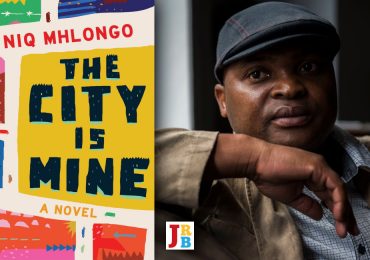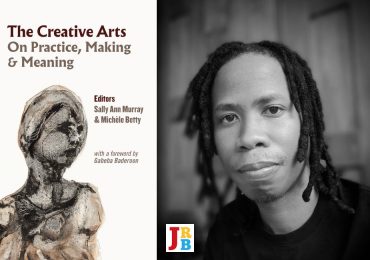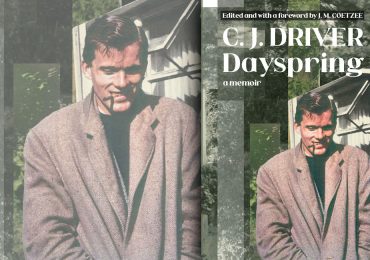Daylin Paul won the Ernest Cole Award, a photography prize for a prospective project, for his debut work Broken Land in 2017. The exhibition and book were launched at the KZNSA Gallery last month. The JRB presents an excerpt.
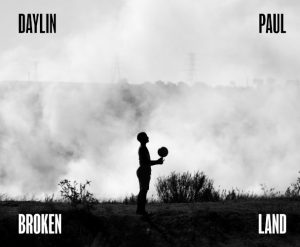
Broken Land
Daylin Paul
Jacana Media, 2019
Eskom’s cluster of twelve coal-powered stations in Mpumalanga is the biggest source of nitrogen dioxide pollution in the world, according to a Greenpeace study.
Broken Land explores the direct impact of these fuel burning coal stations on the local economy, population and farming community and, more broadly, their impact on the environment.
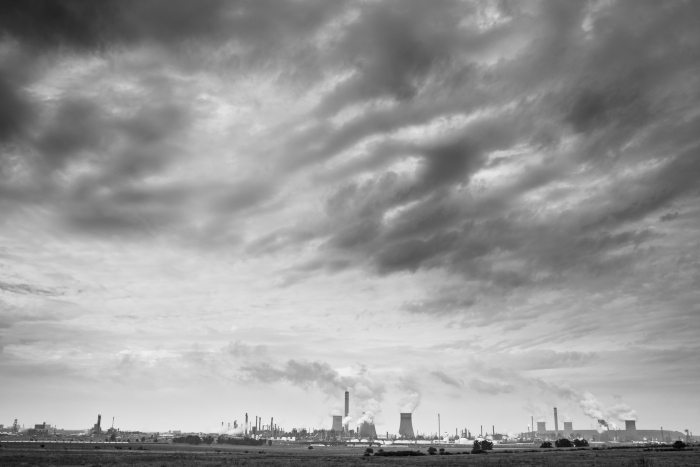
‘These power stations, while providing electricity for an energy desperate South Africa, also have a devastating and lasting impact on the environment and the health of local people,’ Paul says. ‘Vast tracts of fertile, arable land are being ripped up, the landscape scarred with the black pits of coal mines, while coal burning power stations are one of the biggest greenhouse gas emitters in the world.’
The polluting power stations not only contribute to global climate change, but also contribute to the poisoning of scarce water supplies, through toxic sulphur effluent. A large range of communities are dependent on this water for their survival.
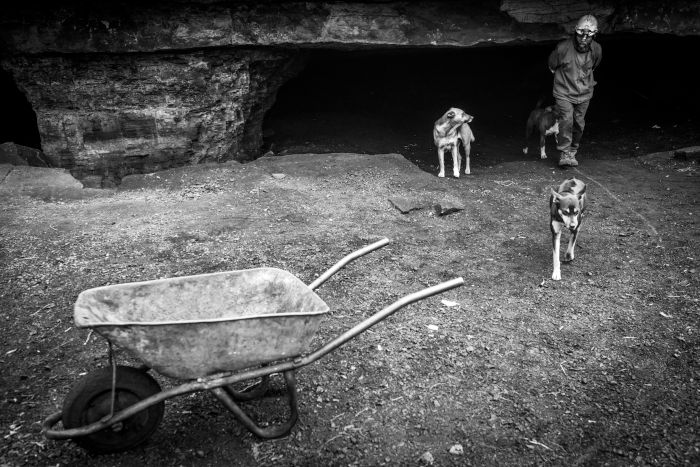
Recently, the power dynamics in the area have been drawn into the national political arena. Eskom and a conglomerate of mines owned by the Gupta family are embroiled in corruption and nepotism scandals that have pierced the very highest echelons of government and all levels of the economy.
Paul says the aim of his project is ‘to look at both the macro issues, like pollution, poverty and climate change, while also personalising the experience of the local people who are on the front lines of this crisis. This provides us with a glimpse of what the future could be like for the country and indeed the SADC region.’
After spending two years documenting the situation on the ground, Paul says, ‘I can testify that the scale of destruction in Mpumalanga is wholescale. From the highways and major roads, it is difficult to get a sense of how vast the torn-up landscape is because it is often hidden behind tailings, piled close to the side of the road.
‘It’s easy to get mesmerised by the sheer size of the mines, machines and power stations that fuel South Africa’s addiction to coal. It’s easy to forget that this affects human beings whose stories are even more beautiful and tragic than the landscape that mirrors their lives.’
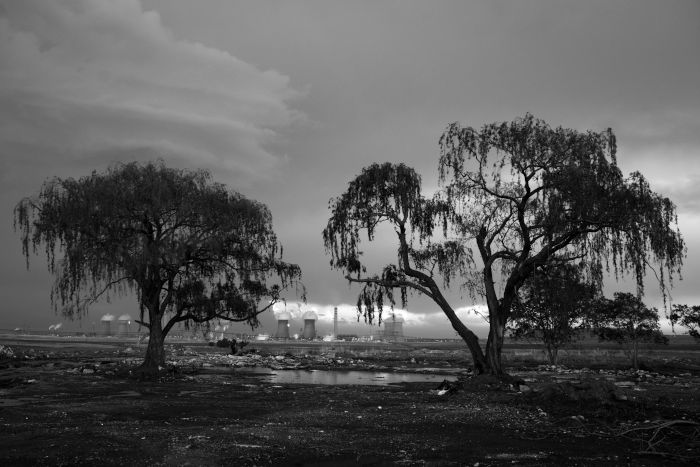
While Paul says he found the impact on communities devastating, he was touched by how individuals in various communities were willing to share their stories with him. ‘I spent countless hours driving around Mpumalanga, stopping where I saw something or someone and starting a conversation. I’m still amazed at how open and sincere almost all the people I met along this journey were. How willing to share their lives and their feelings with a total stranger. The amount of trust they placed in me is a tremendous act of faith.
‘Sebastião Salgado, in conversation with John Berger, once said that “the camera is a microphone”. My sincere hope is that I have amplified the voices of those who have shared their stories with me and not my own.’
Paul says the full scale of the problem humbled him with its enormity. ‘The situation continues to grow on a daily basis both in Mpumalanga and across the globe as we sleepwalk ever closer toward climate catastrophe.
‘The reporting around climate change is often cold, statistical and its symptoms are seemingly remote. But its true price is human and personal and its consequences are looming ominously, even now, in the present.’
The Broken Land exhibition is simultaneously a documentation of the cost of extracting and burning coal, an indictment against any notion of ‘clean coal’, and a testimony to the reality of those living close to coal mines.
‘The project is also a portent into the terrifying future we face as a planet as climate change and the cumulative effect of decades of pollution adds up and demands a reckoning,’ Paul says. ‘It is an interrogation from the frontline of the battle to save the earth and, perhaps, our own humanity.’
Daylin Paul is a graduate from the Rhodes University School of Journalism. He worked as a staff photographer for the Cape Times and Argus and has been a freelancer for a number of years for local and international publications and NGOs. He teaches in the Market Photo Workshop Programme, is also a writer and is currently the visual editor at New Frame.
The Broken Land exhibition appeared at KZNSA Gallery in Durban from 2–22 September 2019, and will now travel to Johannesburg and Cape Town.

